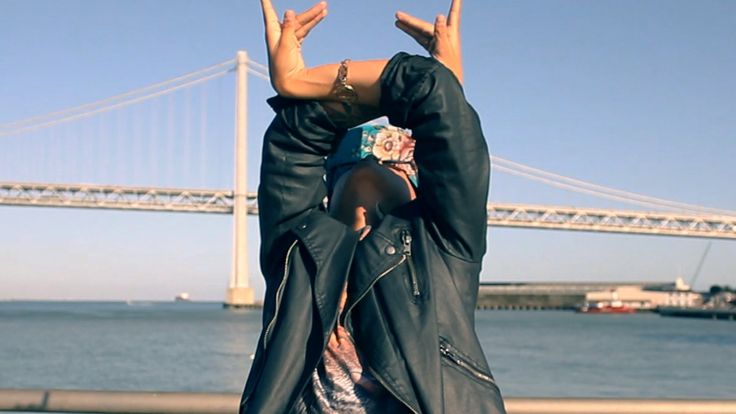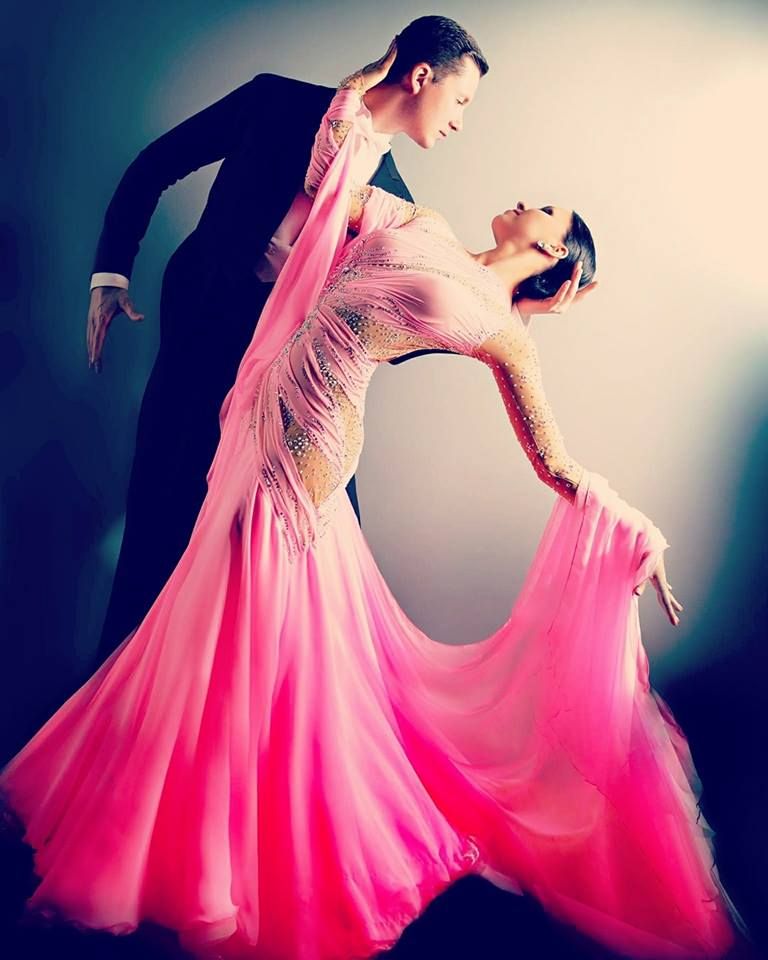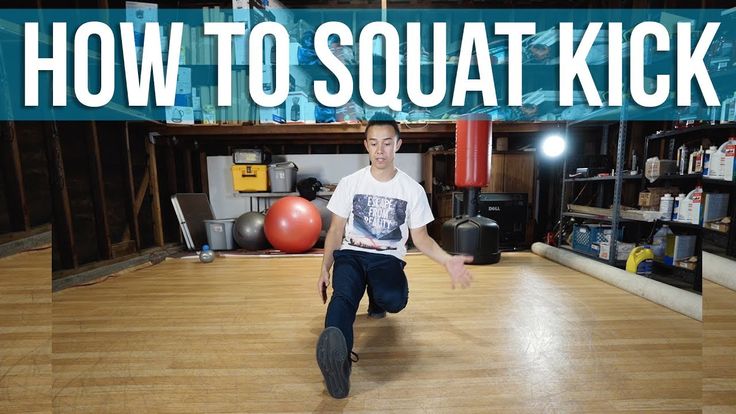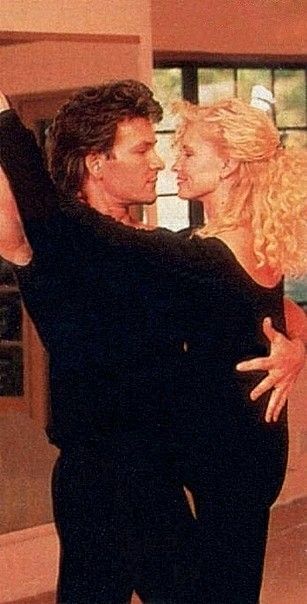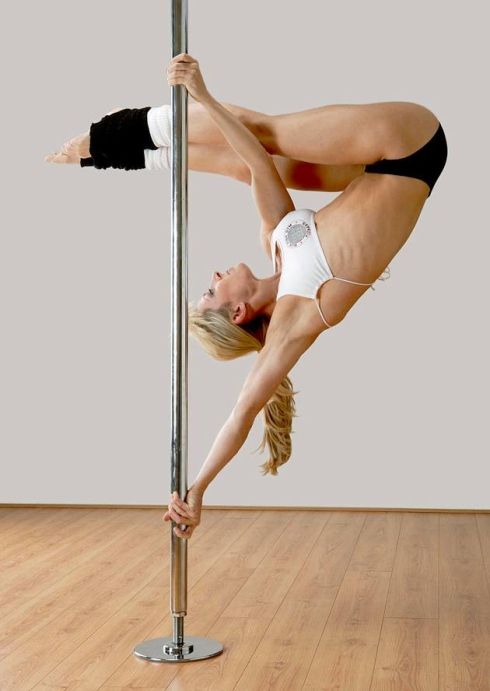How to shuffle dance steps
What Is The Shuffle Dance? Learn How To Do It In 5 Minutes!
In the recent years, we’ve seen a lot of EDM fans show off this weird, and somewhat new, dance move in a lot of music videos, throughout the web and on Youtube in their own personal videos. It seems like you are missing out on a lot of fun when you’re not sure what it’s all about and how to do it.
At first sight, it seems like the person is running while smiling and having a good time. To dance music fans, shuffling is more than just having a good time. As with most things EDM-related, it is a form of self expression, an accomplishment, and as some put it “a way to improve their mental and physical health”.
The Shuffle dance was developed in the 1980s, it is improvised dancing where the person repeatedly “shuffles” the feet inwards, then outwards, while thrusting their arms up and down, or side to side, in time with the beat.
Let’s go into more details and learn more about the dance and find out how you can start dancing it in 5 minutes!
Where did it start?
The Shuffling dance started in Melbourne, Australia, in the underground rave scene back in the early 1980s. Back then, it was known as the Melbourne Shuffle. With the growth of the electronic dance music scene around the world, Shuffling dance popularity grew and is now practiced by people from around the world at all the major EDM festivals. In 2012, the Melbourne Shuffle became a popular dance in the UK and became known as simply “The Shuffle”.
The Best Music For Shuffling
Melbourne’s underground scene in the early 90s was under the huge influence of Techno music. This high-BPM electronic music sub-genre placed the perfect beat for shuffle dancers. But shuffling became so popular that it crossed over into electro house and hardstyle genres. Today, shuffling spans into almost the full spectrum of electronic dance music. We’ve seen shuffling in videos from EDM, Trance, House, Techno, Electro and most of it’s sub-genres.
The best music for Shuffling is usually the more upbeat versions of electronic music. Although any EDM genre will work for the dance. Which makes Shuffling a very versatile dancing style: you can choose whatever music you want to dance on.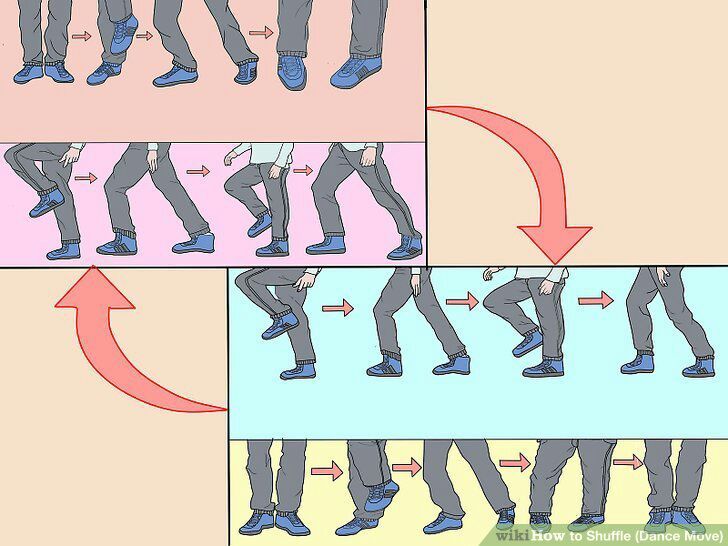 There’s no limit to how much you can personalize this dance.
There’s no limit to how much you can personalize this dance.
Check out this Spotify playlist for music to Shuffle dance on.
Shuffling For Beginners
As a beginner, you have to learn to master just two basic moves before moving on to the more advanced stuff.
The first image below shows the T-step movement. The second is the same T-step combined with a variation of the running man dance. You can take a closer look at the dance by watching it being performed by Janet Jackson in the video of her hit “Rhythm Nation”.
A great tip you can keep in mind as beginners is that you can sprinkle talcum powder or add liquid to the floor to help you slide more smoothly and easily.
After mastering the basic shuffle moves you can now throw in some jumps, spins and slides. You’ll make the dance your own, having a complete shuffle routine that’s personalized and unique to you alone. After that, all you need is some awesome EDM banging music blasting through your speakers and let the fun begin!
Time To Learn How To Shuffle
Learning how to shuffle might seem like a difficult task, but it really isn’t!
When you take it slow, understand the steps and practice, you’ll be ready to hit the dance floor in no time!
As we previously mentioned, you’ll be starting out by learning the basic “running man” move. With time, you’ll be able to switch things up and add your unique twists to the overall dance. Hell, you might end up having a unique dance for every song, you’ll become the unstoppable Shuffle Master! Sounds awesome no?
With time, you’ll be able to switch things up and add your unique twists to the overall dance. Hell, you might end up having a unique dance for every song, you’ll become the unstoppable Shuffle Master! Sounds awesome no?
In the below tutorial video, you will learn the basics of Running Man. You’ll start by breaking down the steps easily and after that we put the steps to the counts and then to the music.
When getting started, keep these tips in mind:
1. Start slow – learn and practice the basics over a period of time
2. Dance in front of a mirror to better see what you’re doing
3. Copy the experts: watch Youtube videos to see how others are doing it
4. Wear good shoes and socks (or your feet will hurt like hell!)
5. Start slow, use slower BPM tracks such as deep house at first to get the hang of it first
6. Find people who already have mastered the dance and become friends, they’ll give you tips and tricks from their own experience
And most importantly, DON’T GIVE UP! Like everything in life, this will take it’s time to master and will need practice time, even though it looks easy in the videos.
Here Are Some Advanced Moves
The Kick Side Step:
The Charleston Shuffle:
Club Dance Footwork Moves:
Are There Any Benefits To Shuffling?
Shuffling, as you might have already discovered by now, is a lot of work. Your legs are moving, your hands are moving and your whole body is balancing itself throughout. You will be sweating in out when you shuffle, that’s almost a guarantee. But consider it a workout. Throughout the years, fitness experts and clubs have promoted dancing to music as a sort of exercise regime. And it is! Nowadays, shuffling falls into that category.
And it is! Nowadays, shuffling falls into that category.
During a shuffling dance, your full body is moving and shaking. Burning around 500-1,500 calories an hour. Your leg muscles, calves, and glutes (and behind area) are getting toned with every passing minute, in addition to the toning of your abdominal muscles, with every twist and turn. Your legs get a serious focus, in addition to the muscles being stretched and toned, the joints and ligaments in your legs are getting some much needed attention. They’re getting extra strength with every active move.
But shuffling not only improves physical health. It can do wonders to your mental health as well. Similar to other physical workouts, shuffling releases endorphins into your nervous system. These are the anti-stress hormones, and the longer you shuffle, the longer they’ll stay in your system and the more stress and anxiety goes out of your way.Shuffling also improves mental focus, you’re in your zone trying to keep the rhythm going and focused on your moves, being in this mindful state is very beneficial to you. Once you’re in your rhythm and going about your dance, the success of every move will boost your confidence levels and keep you away from the everyday stresses of our lives. You’ll have a great sense of accomplishment after a successful streak. One dance will create a momentum in you to keep on going and try the more complex moves and get out of your comfort zone.
Once you’re in your rhythm and going about your dance, the success of every move will boost your confidence levels and keep you away from the everyday stresses of our lives. You’ll have a great sense of accomplishment after a successful streak. One dance will create a momentum in you to keep on going and try the more complex moves and get out of your comfort zone.
Speaking of “zones” being focused on your body movements will also bring you closer to the music. This deeper appreciation for the melodies and the detailed undertones of the track adds a special bond between you and your favorite artists.
There’s a whole community of Shuffle dancers out there. With the above knowledge and some time to practice, you’ll join them on the dance floor and you’ll be showing those awesome moves at the next EDM festival in no time!
Want more? Learn how to grind dance in minutes, go to our article right here.
Read More on EDM Festival Insider:
Top 37 shuffle dance moves
#Party
The Shuffle is a dance move that stems from the "Melbourne Shuffle," a rave and club dance that originated in the late 80s during the underground rave music scene in Melbourne (Australia). The dance's basis lies in quick heel-toe action that works best with electronic music.
The dance's basis lies in quick heel-toe action that works best with electronic music.
1
Basic Running Man (Toe Landing)
PigmieShuffle Dance Academy
2
Heavy Running Man (flat footed landing)
Shuffle Dance Academy
3
Light Running Man (heel landing)
Shuffle Dance Academy
4
Apache Running Man (single, single, double, double)
Shuffle Dance Academy
5
Skating Running Man
Mavis EverettShuffle Dance Academy
6
Rotating Skating Running Man
Shuffle Dance Academy
7
Running Man to Skateboard Spin
Shuffle Dance Academy
8
Crossover Running Man
Shuffle Dance Academy
9
Running Man Slide Variation
Shuffle Dance Academy
10
Two step & heels move
JCHangtime
11
V-Step / Heel Toe / Happy Feet
Mirhan TV
12
Hopping V-Back (a.
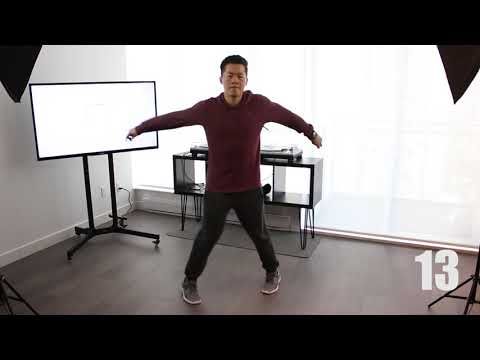 k.a Hopping Heel Toe)
k.a Hopping Heel Toe)Shuffle Dance Academy
13
Travel Rocking
RebelindustryAnastasiia Kirilik
14
Spins
Emylee Ratzlaff
15
Criss Cross Charleston
Mihran TVAnastasiia KirilikShuffle Dance Academy
16
Charleston Swivels to Flicks
Shuffle Dance Academy
17
Rotating One-Footed Charleston
Shuffle Dance Academy
18
Charleston to 4 Spin
Shuffle Dance Academy
19
Hook Charleston
Shuffle Dance Academy
20
Heel Toe Cross
Abby Castro
21
House Happy Feet
Shuffle Dance Academy
22
Rotating House Happy Feet
Shuffle Dance Academy
23
House Happy Feet (single, single, double, double)
Shuffle Dance Academy
24
Soccer Step (kick and twist / Indian Step)
Brianna Kuznik
25
Double Step
Anastasiia Kirilik
26
T-step
Anastasiia KirilikEmylee Ratzlaff
27
T-Step to Running Man
Emylee Ratzlaff
28
T-Step with Cross, Side, Back, Front Steps
Shuffle Dance Academy
29
T-Step with Air Kick & Cross
30
Diamond T-step
Anastasiia KirilikAbby Castro
31
Reverse / Backward Running Man
Anastasiia Kirilik
32
Twist Step
Anastasiia Kirilik
33
Side Slide
Anastasiia Kirilik
34
Heel Toe Side Travel
Anastasiia Kirilik
35
Kick-Step-Touch
Shuffle Dance Academy
36
The Whip / Propeller / Cow’s Tail
Shuffle Dance Academy
37
Moon Walk Shuffle
Pigmie
Class hour presentation on the theme "Movement is life" BUDGET PROFESSIONAL EDUCATIONAL INSTITUTION OF THE REPUBLIC OF CRIMEA
"Kerch Technological College"
thematic thematic class hour
“Movement is Life ”
An additional education teacher A.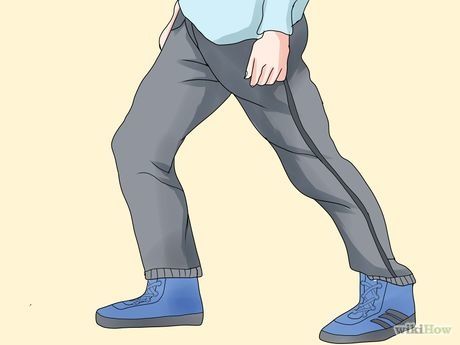 Mukhladi
Mukhladi
2012
Studying the features of raising children by art choreography.
Event form: musical living room.
Equipment : slides; musical accompaniment; epidiascope; a computer.
1. The birth of the art of dance.
2. The role of choreographic art in the education of children.
3. A little about the most spectacular sport.
4. Interesting facts about dancing.
5. Dance therapy.
I part
1 master.
DANCE - rhythmic, expressive body movements, usually arranged in
certain composition and performed with musical accompaniment. Dance - perhaps the oldest of the arts; it reflects going back to the earliest times a person's need to convey to other people their joy or grief through your body. Dance originated from various movements and gestures related to work processes and emotional impressions of a person from the surrounding world. movements gradually subjected to artistic generalization, in as a result of which the art of dance was formed, one of the oldest expressions of folk art.
Original associated with the word and the song, the dance gradually acquired independent meaning.-Step-6.jpg/aid1640374-v4-728px-Shuffle-(Dance-Move)-Step-6.jpg) Almost all important events in the life of the primitive people were celebrated with dances: birth, death, war, election a new leader, healing the sick. Prayers for rain were danced, sunlight, fertility, protection and forgiveness.
Almost all important events in the life of the primitive people were celebrated with dances: birth, death, war, election a new leader, healing the sick. Prayers for rain were danced, sunlight, fertility, protection and forgiveness.
2 leading .
Dance pa (fr. pas - "step") are derived from the basic forms
human movements - walking, running, jumping, jumping, jumping, sliding, turns and swings. Combinations of such movements gradually turned into pas of traditional dances. The main characteristics of the dance are: • Rhythm - relatively fast or - relatively slow repetition and
variation basic movements;
• drawing - a combination of movements in the composition; dynamics - variation
range and intensity of movements;
. technique - the degree of mastery of the body and skill in performing basic steps and positions. In many dances, gestures are also of great importance, especially
movements. hands
1 master.
Dance existed and exists in the cultural traditions of all human beings
beings and societies. Over the long history of mankind, it has changed, reflecting the cultural development. There is a huge variety of types, styles and forms of dance.
What kinds of dances do you know? Ballroom, historical and domestic, folk, variety, classical, oriental.
At present, choreographic art covers and traditional folk, and professional stage. Dance art is present in varying degrees, form in the culture of each ethnos, ethnic group. And this phenomenon cannot be an accident, it wears objective character, because traditional folk choreography occupies a paramount place in social life of society both in the early stages of human development, and now, when it performs one of the functions of culture, is one of the peculiar institutions of the socialization of people and especially children, adolescents and youth, and also performs a number of other functions inherent in culture as a whole.-Step-18.jpg/aid1640374-v4-728px-Shuffle-(Dance-Move)-Step-18.jpg)
Dance “I draw this world”.
II part
1 master.
Choreographic Art has always attracted the attention of children. It has become widespread distribution in preschool institutions, secondary schools. It - provides a more complete development of the individual abilities of children, and therefore training in choreographic groups should be available significantly to a larger circle of children and adolescents. They are love the art of dance and attend classes for quite a for a long time, show perseverance and diligence in acquiring dance knowledge and skills.
Pedagogical the process is built in such a way that children, acquiring knowledge, mastering skills and abilities, at the same time would form their worldview, acquire the best views and character traits. Classes for dance contribute to the aesthetic education of children, have a positive impact on their physical development, contribute to the growth of their overall culture, therefore it can be argued that choreographic art has a rich opportunity for the broad implementation of educational tasks.
2 leading .
Choreography - this is the world of the beauty of movement, sounds, light colors, costumes, that is, the world magical art. Children aspire to see this at ballet performances, in art albums, videos.
B choreography lessons become mandatory in Russian education. They are educate and develop not only the artistic skills of performing dances of different genres, but also the development of habits and norms of behavior in accordance with comprehended laws beauty.
Classes choreographic art contribute to the physical development of children and enrich them spiritually. This harmonious activity attracts both children and parents. A child who owns a ballet posture delights surrounding. But its formation is a long process, requiring many qualities from children.
1 master.
Discipline, diligence and patience are those character traits that are necessary not only in the choreographic class, but also in everyday life.-Step-16.jpg/aid1640374-v4-728px-Shuffle-(Dance-Move)-Step-16.jpg) These qualities are brought up by choreographers for years and determine success in many cases. A sense of responsibility, so necessary in life, moves children involved in choreography, forward. You can not bring the person standing next to you dance, you can't be late, because others depend on you, impossible not to learn, not to perform, not to refine.
These qualities are brought up by choreographers for years and determine success in many cases. A sense of responsibility, so necessary in life, moves children involved in choreography, forward. You can not bring the person standing next to you dance, you can't be late, because others depend on you, impossible not to learn, not to perform, not to refine.
Neatness in choreographic performance, neatness of form in the choreographic class carried over to the appearance of children at school. They stand out not only for their posture, but also hair, cleanliness and elegance of wearing the most ordinary clothes. Attention and concern for others is a necessary quality in the character of children, and choreography classes solve these problems. Choreographic art in a child is an addition and continuation of his real life, enriching it.
Dance "Russian dance".
III part.
1 Master .
A now a bit about the most spectacular sport
Perhaps one of the most spectator sports are considered to be rhythmic gymnastics.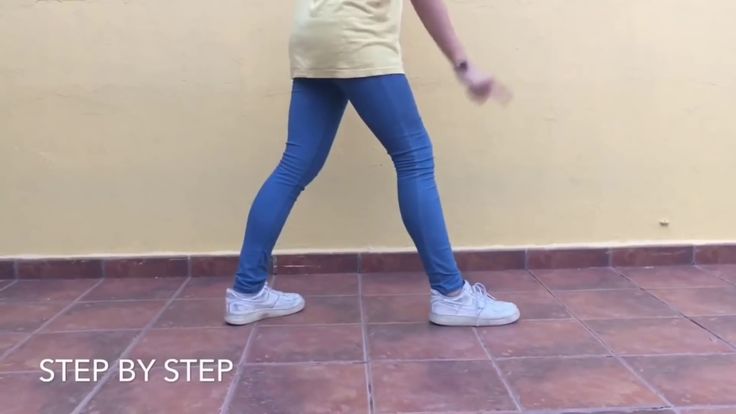 Despite that this is an exclusively female sport, it has no less fans than any other sport. In the process of training, they form vital motor skills and abilities (applied and sports), special knowledge is acquired, moral and volitional qualities are brought up.
Despite that this is an exclusively female sport, it has no less fans than any other sport. In the process of training, they form vital motor skills and abilities (applied and sports), special knowledge is acquired, moral and volitional qualities are brought up.
Rhythmic gymnastics, type sports, women's competitions in performing combinations of various plastic and dynamic gymnastic and dance exercises art. n. object (ribbon, ball, hoop, rope, maces) and without it.
2 master.
An important place in the artistic Gymnastics is occupied by such art forms as dance and music. musical accompaniment develops an ear for music, a sense of rhythm, consistency movements with music. Elements of dance expand the general horizons of those involved, acquaint with folk art; develop in them a love for the art of their people, peoples of the world. They contribute to the development of coordination of movements, dance, rhythm, emancipation, emotionality, improvement of motor qualities.
Basic artistic gymnastics is used for the purpose of comprehensive, harmonic physical development, health promotion and improvement of motor functions, posture involved. Her means (dances, games to music, exercises without an object and with objects) are used in kindergartens, general educational schools, secondary and higher educational institutions.
1 leading .
Applied art gymnastics is used in the preparation of athletes in other sports (in gymnastics, acrobatics, figure skating, synchronized swimming), and also in the training of ballet and circus artists. Her means are elements of dancing, exercises for relaxation, waves, swings, jumps, turns, etc. Very popular in in our country and abroad enjoys rhythmic gymnastics with sports orientation.
Rhythmic gymnastics as The sport for women has evolved over the years. .
2 master .
Significant contribution to scientific the rationale for the physical education of girls was introduced by a French physiologist and teacher Georges Demeny (1850 - 1917). He proved the feasibility of using dynamic exercises, stretching and muscle relaxation exercises, dance steps, exercises with objects (maces, sticks, wreaths, etc.), contributing to the acquisition of flexibility, dexterity, good posture, the ability to move smoothly and gracefully.
He proved the feasibility of using dynamic exercises, stretching and muscle relaxation exercises, dance steps, exercises with objects (maces, sticks, wreaths, etc.), contributing to the acquisition of flexibility, dexterity, good posture, the ability to move smoothly and gracefully.
1 master .
Actually, the most optimal an option is to do rhythmic gymnastics, one of the types of dances. Although such a combination is far from being possible for everyone, it still remains one of the essential conditions for success.
And one more thing. Very important develop creativity and creative thinking. It will help later You and your coach to create extraordinary and original numbers, that is something completely new that will undoubtedly succeed.
Dance "Perpetual Motion".
IV part.
1 master.
Do you know?
1. Attending a dance club at least twice a week reduces the risk dementia.-Step-11.jpg/aid1640374-v4-728px-Shuffle-(Dance-Move)-Step-11.jpg)
2. Dancing children have 5% stronger bones than couch potatoes and couch potatoes.
2 master.
3. Tango - spread from African communities in Buones Aires. The word "Tango" is derived from the language of the Nigerian people Ibibio, where it meant dancing to the sound of a drum. Initially, the dance was danced only men seeking the attention of women.
1 master .
4. The dance "Cha-cha-cha" is called the "dance of coquettes" because it characterized by expressive movement of the hips.
2 master .
5. Dance "Polka" of Czech origin.
1 master .
6. Waltz - got its origin in the old folk dances of Austria, and Southern Germany. It means to revolve, to spin.
2 master .
1 master.
7. That belly dancing was brought to the Middle East by gypsies from India around the 10th century. There are more than 50 types of oriental dance
2 leader.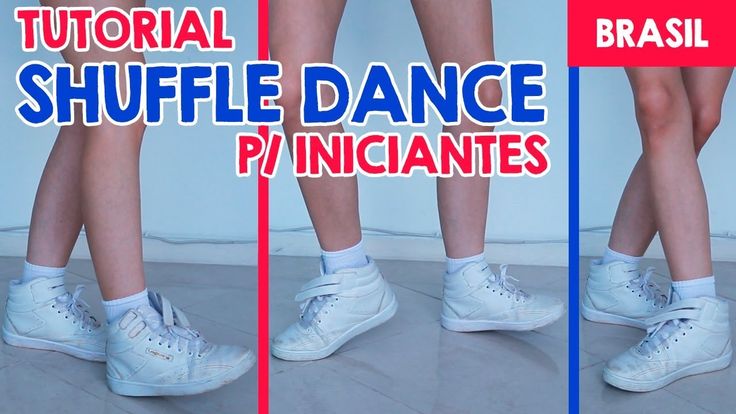
8. Scientists conducted experiments on diseased hearts. At the dancers the amount of oxygen in the blood increased by 18%, and in athletes only by 16%.
1 master .
9. Professional dancers don't get Parkinson's disease.
2 leading .
10. In classical Indian dance, in order to portray feelings are involved not only eyes, but also eyebrows, lips, nose, cheeks, chin and ears. This is a great exercise for facial muscles.
1 master .
11. Brush, flap, shuffle, ball wind and convulsions, this is not at all the delirium of a madman, but the techniques of the tap dance.
2 master.
12. The Sirtaki dance is not a Greek folk dance, it was created especially for the film "Zorba the Greek" at 1964 year. After the release of the film, the dance became very popular all over the world, and has become one of the symbols of Greece.
Sirtaki dance.
V part.
1 master.
Dancing is very exciting and pleasant treatment. It is especially useful to dance for those who hold negative emotions in yourself. Dance therapy perfectly removes depression, helps to cope with many serious psychological problems. dance classes, dance therapy, develop coordination of movements and a sense of rhythm, contribute to the improvement muscle tone. Choreography classes improve metabolism, work respiratory, cardiovascular system, normalizes weight, improves well-being. Dancers are less likely to get colds For asthmatics, the course of the disease is facilitated, they are less likely to suffer from asthma attacks. Dance can also be considered as a prevention of osteoporosis, since the movements associated with By transferring the center of gravity, bones are strengthened. Theoretically, for any physical mobility-related disease, such as Parkinson's disease, movement can turn out to be useful. Physical symptoms associated with various types of stress, can also be removed by dance therapy.
2 master.
What is dance therapy for?
ü For ability to control your body.
Figure becomes more beautiful and fit.
ü Dance therapy makes it possible to express deep subconscious feelings hidden in subconscious emotions. By pulling them to the surface, you can get rid of many complexes.
ü Dance therapy help to cope with stress, lift mood.
ü Dance relieves muscle pain, clamps, the mood will be cheerful.
ü Dance this is not a waste of energy, this is its accumulation. Dancing trains not only muscles, but in our brain, next to the areas responsible for motor function are areas responsible for emotions and intelligence. By dancing we stimulate emotions and intelligence.
ü Vo During dancing, happy hormones, endorphins, are produced. Statistically, dancers live longer and happier lives than their non-dancing peers.
1 master.
Development of therapy with dance began with the Second World War.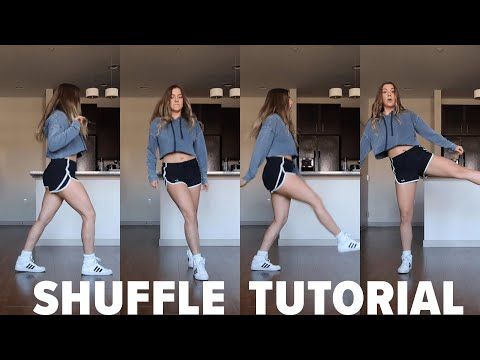 Dance therapy was prescribed to people in need of physical and emotional rehabilitation, dance therapy is firmly strengthened its position in the early 60s of the last century. At its origins standing choreographers Rudolf von Laban and Mary Wigman.
Dance therapy was prescribed to people in need of physical and emotional rehabilitation, dance therapy is firmly strengthened its position in the early 60s of the last century. At its origins standing choreographers Rudolf von Laban and Mary Wigman.
Dance - this is a huge force that awakens creative energy!
2 master .
Medical advances and general rising living standards have led to the fact that humanity is rapidly "getting old". But science has proven that "eternal youth" is quite real. Here, as always, outstanding people of mankind are ahead, until declining years, striking contemporaries with their physical and mental opportunities. Goethe, Democritus, Tolstoy - the list goes on impressive size.
1 master .
But "eternal youth" is available to everyone! The science is working in this direction. However, there are already simple, effective and public methods. For example, engaging in any kind of creativity prolongs mental youth.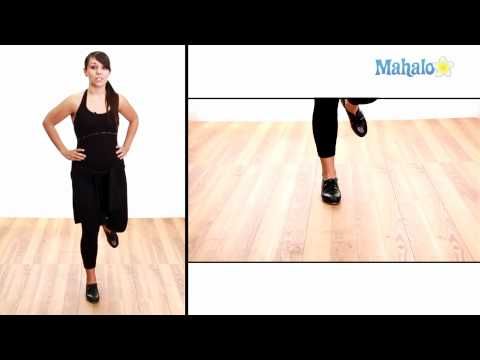 "to the point".
"to the point".
Dance therapy is even more effective! Statistically, dancers live exclusively. long, And these are happy people! They are very old young in mind and body.
Dancing - this is not the elixir of immortality, dancing is the elixir of eternal youth!
Dance therapy - this is proven for thousands of years, absolutely reliable and most pleasant remedy for the treatment of many diseases and health and longevity!
Waltz dance.
References:
1. Yankovskaya O.N. Learn baby dancing is necessary. //Primary School. - 2000. No. 2, pp. 34-37.
2. Tarasov N.I. Classic dance. M., 1975.
3. "Grace in sports" D.N.Davidenko. Publisher: St. Petersburg State University, 2001.
4. Internet resources.
Shuffle - Phrases
Sign in | English | Terms of Use
English ⇄ AlbanianAmharicArabicArmenianAssameseAzerbaijaniBasqueBengaliBosnianBosnian cyrillicBulgarianCatalanChineseChinese TaiwanChinese simplifiedCroatianCzechDanishDutchEsperantoEstonianFilipinoFinnishFrenchGalicianGeorgianGermanGreekGujaratiHausaHebrewHindiHungarianIcelandicIgboIndonesianInuktitutIrishItalianJapaneseKannadaKazakhKhmerKinyarwandaKonkaniKoreanKyrgyzLaoLatvianLithuanianLuxembourgishMacedonianMalayMalayalamMalteseMaoriMarathiNepaliNorwegian (Nynorsk)Norwegian BokmålOdiaPashtoPersian (Farsi)PolishPortuguesePunjabiQuechuanRomanianRussianSerbianSerbian LatinSesotho sa leboaSinhalaSlovakSloveneSpanishSwahiliSwedishTamilTatarTeluguThaiTswanaTurkishTurkmenUkrainianUrduUzbekVietnameseWayanaWelshWolofXhosaYorubaZuluTerms for subject General containing shuffle | all forms | exact matches only
| English | Russian | |
| don't shuffle ! | speak directly! | |
| don't shuffle ! | don't be smart! | |
| get lost in the shuffle | ||
| he pulled the drawer open and shuffled among his belongings | he opened a drawer and rummaged through his belongings | |
| he was glad to shuffle off the load of responsibility onto a younger man | ||
| Melbourne shuffle | Melbourne shuffle ( Taras )2 | |
| Shuffle Cards Unfairly | Silence | |
| shuffle Dance | Melbourne Shaffle for the late 80s in Australia, on the SPU jazz dance moves (step), but in a "modern" way, and dance it to a variety of styles of electronic dance music0092 | shuffle (I don't think anything has really changed in our headquarters. |
